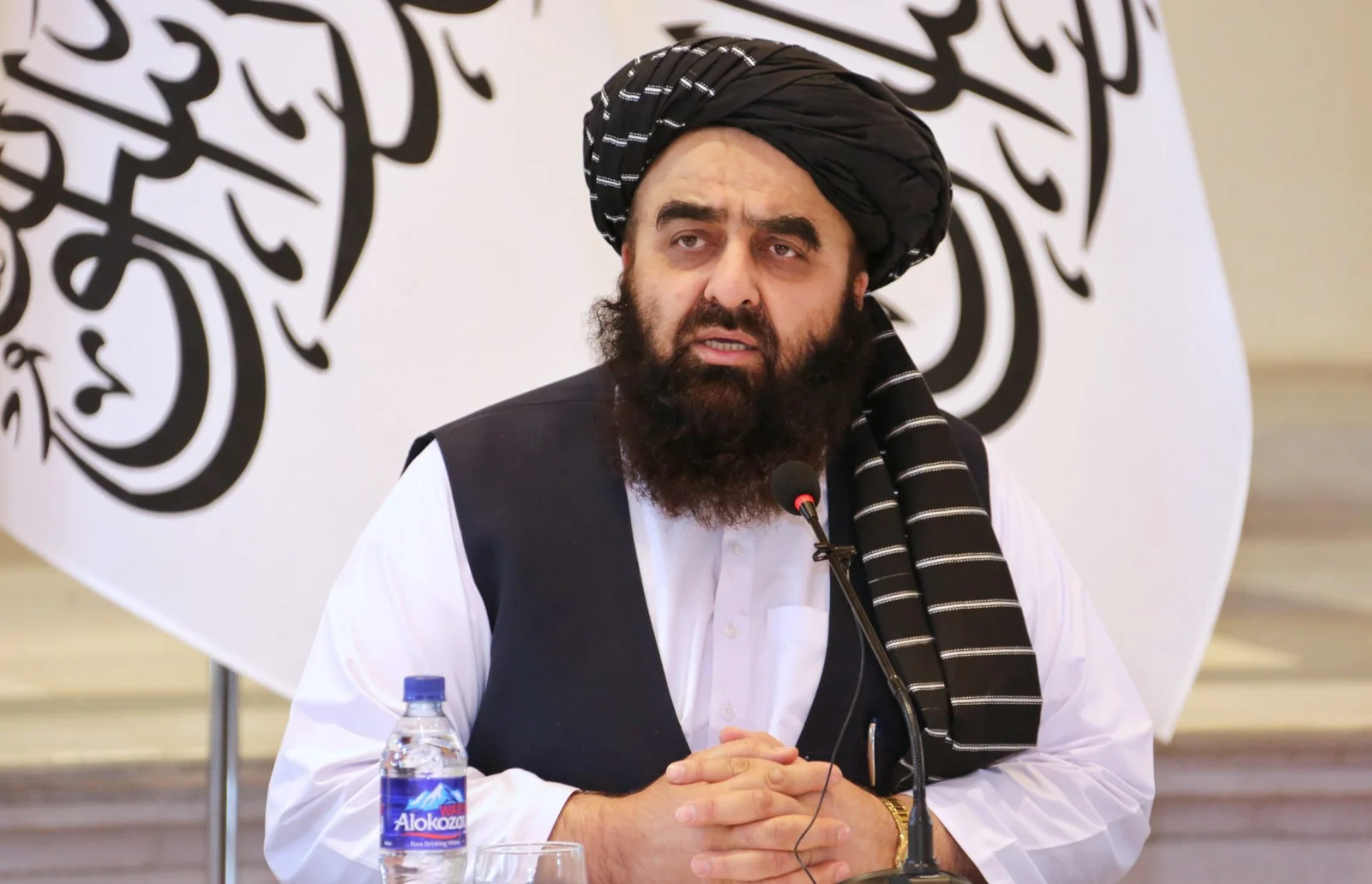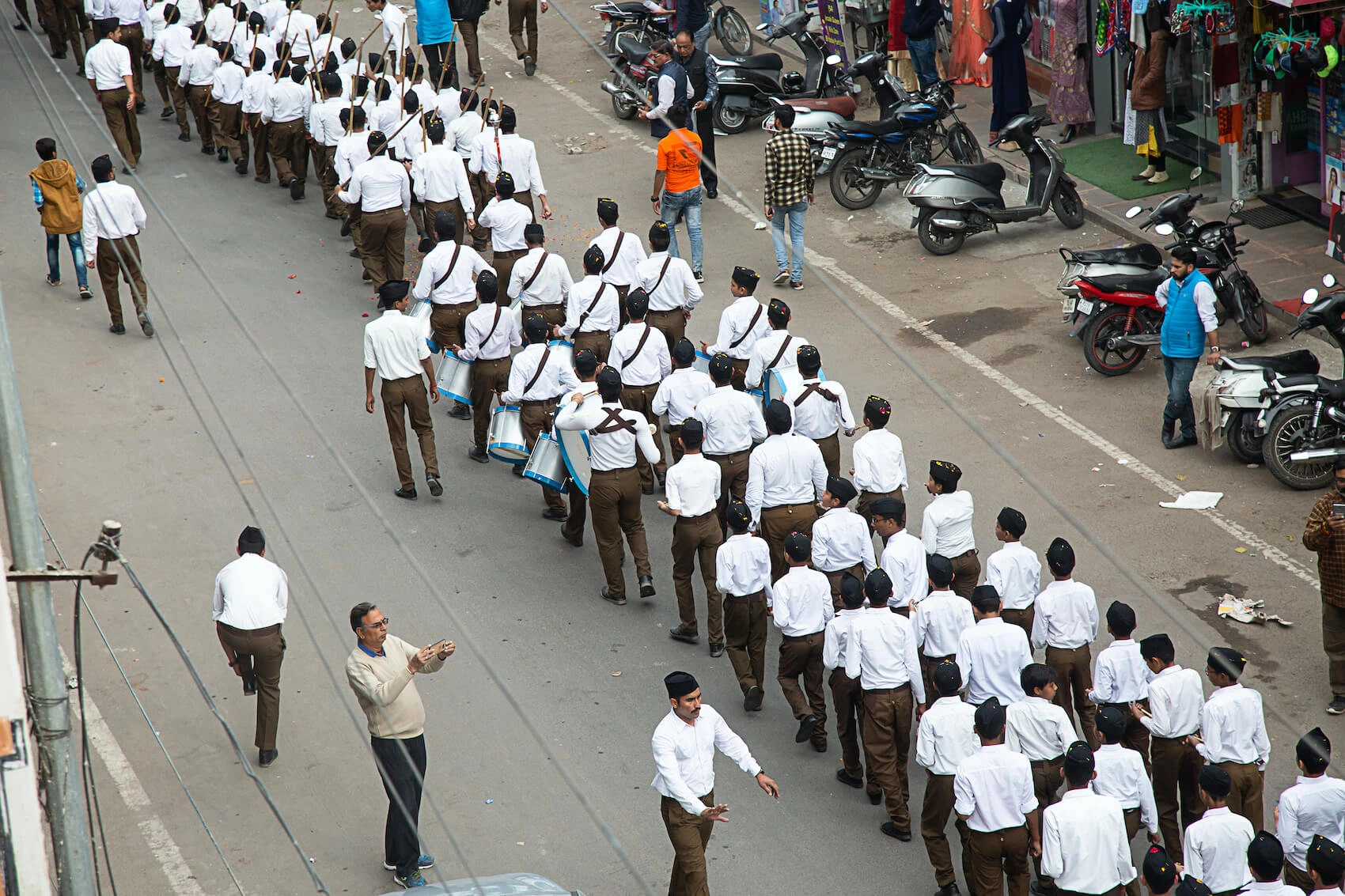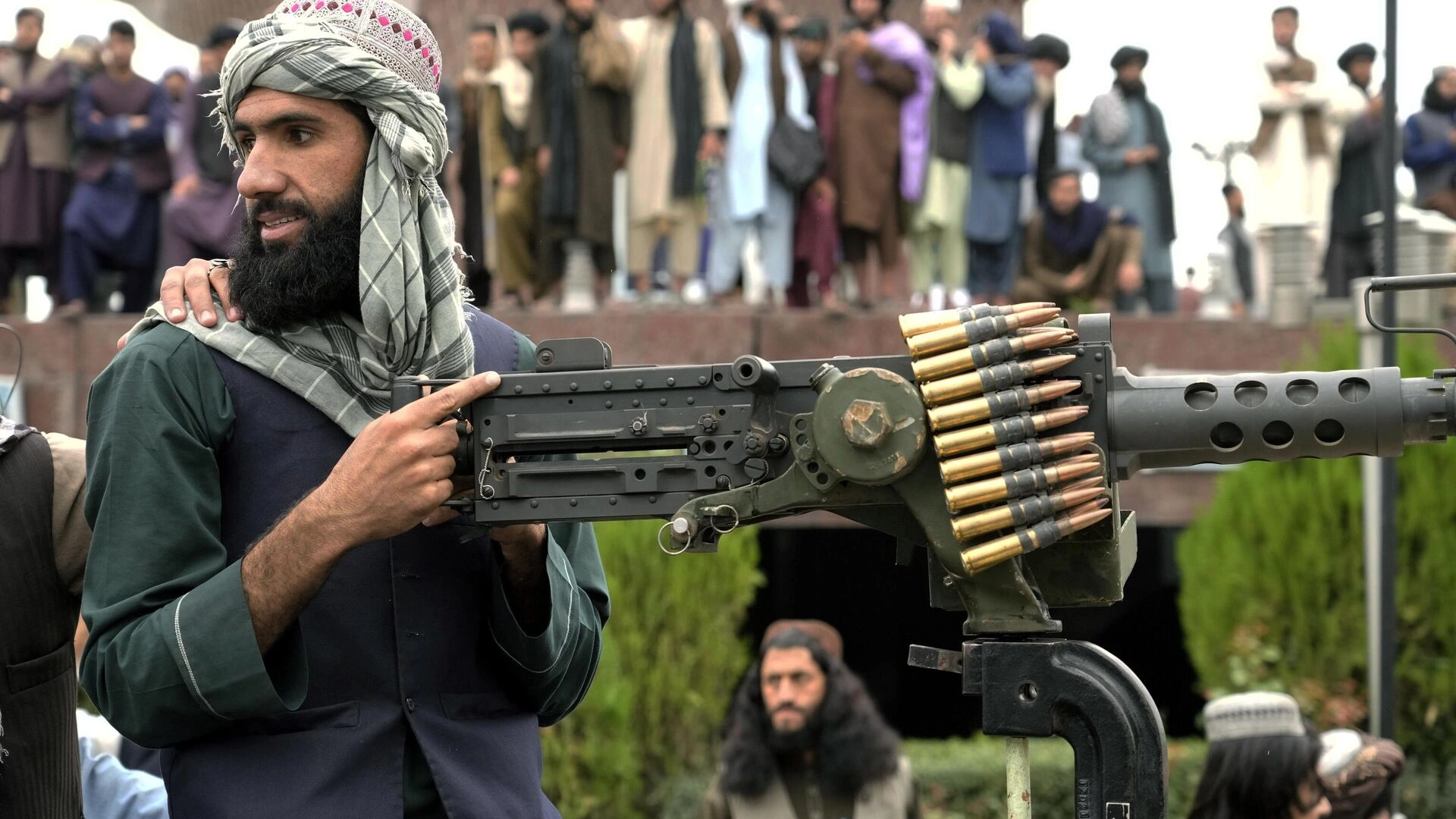Pakistan International Airlines (PIA) has emerged from a severe financial crisis, reporting its first annual profit in 21 years and marking a significant turnaround as it moves forward with plans to sell the airline
According to documents seen by Bloomberg, PIA recorded earnings per share of Rs5.01 for the year ending in December, its first profitable year since 2003, based on audited financial statements.
Additionally, according to Express News, the PIA board of directors approved the airline’s financial report on Tuesday, revealing that PIA earned Rs204.16 billion in revenue for 2024, while incurring Rs175 billion in expenses, including fuel costs, aircraft leasing, and employee salaries.
According to the report, PIA achieved an operational profit of Rs9.357 billion and a net profit of Rs26.2 billion in 2024.
The document also noted that despite generating Rs237 billion in revenue in 2023, PIA had suffered a loss of Rs104 billion that year.
In a statement on social media, Defence Minister Khawaja Asif confirmed that the PIA board had approved the airline’s annual results for 2024. He highlighted that, for the first time in 21 years, PIA achieved a net profit. According to the results, the airline generated an operational profit of PKR 9.3 billion and a net profit of PKR 26.2 billion in 2024.
Khawaja Asif further stated that PIA’s operating margin exceeded 12%, a performance on par with some of the world’s best airlines.
He noted that the last time PIA had made a profit was in 2003, after which it faced losses for two decades. However, under the government’s support, comprehensive reforms were implemented within PIA.
The Defence Minister explained that the reforms included significant reductions in the airline’s workforce and expenses, stabilization of profitable routes, elimination of loss-making routes, and a restructuring of the balance sheet.
He emphasized that PIA’s return to profitability would not only improve its reputation but also benefit the country’s economy.
Also See: Pakistan Commits To PIA Sale By July, Roosevelt Hotel’s Fate Remains Uncertain
The results mark a dramatic recovery for an airline that, in recent years, has faced mounting financial losses, including aircraft being impounded at foreign airports, canceled flights, and close calls with default.
Regular bailouts from the government were the main lifeline for the airline, though these funds have now been exhausted.
Pakistan’s efforts to sell the airline last year failed, as the initial bid fell short of the minimum price of about $306 million. However, the government is making another attempt to privatize PIA, with initial bids expected later this month.
To make the sale more attractive, the government has removed about 75% of the airline’s debt from its books. The move has led to renewed interest from potential buyers, with companies that previously participated in the bidding process now expressing greater confidence, according to Usman Bajwa, secretary at Pakistan’s privatization commission, in February.
Operational gains in recent years have been offset by the significant burden of debt servicing.
However, PIA has been working to achieve operational profitability by implementing reforms, including reducing its workforce by nearly 30%, shutting down unprofitable routes, and improving fleet utilization.
This news is sourced from The Express Tribune and is intended for informational purposes only.

![PIA reports its first profit in 21 years with a Rs26.2 billion net profit in 2024 and plans to privatize the airline. [Image via The Express Tribune]](https://southasiatimes.org/wp-content/uploads/2025/04/1458990-piaplanephotopia-1500181704.webp)




